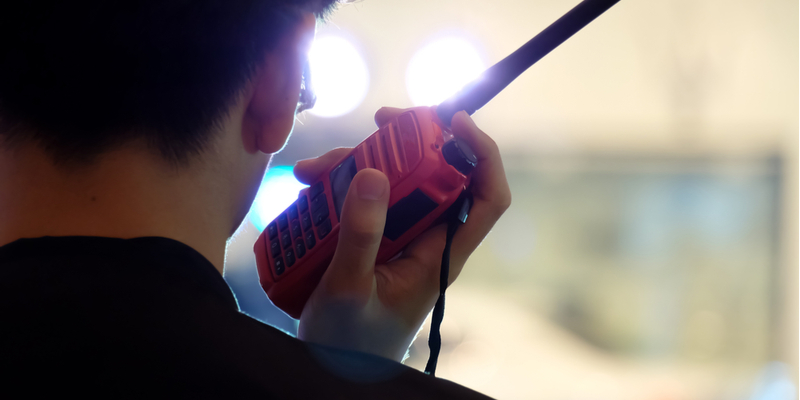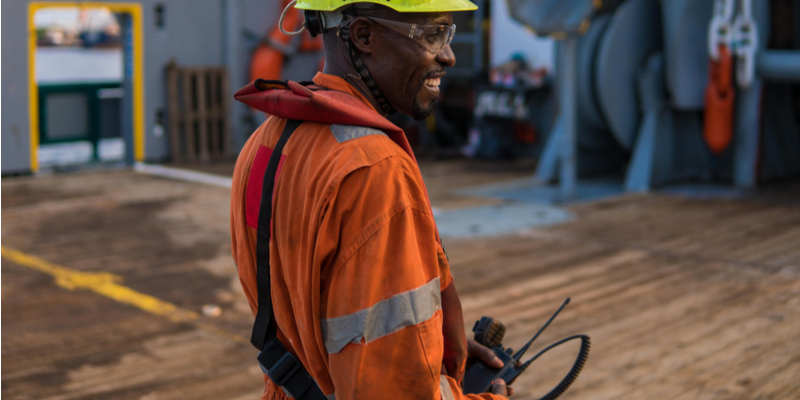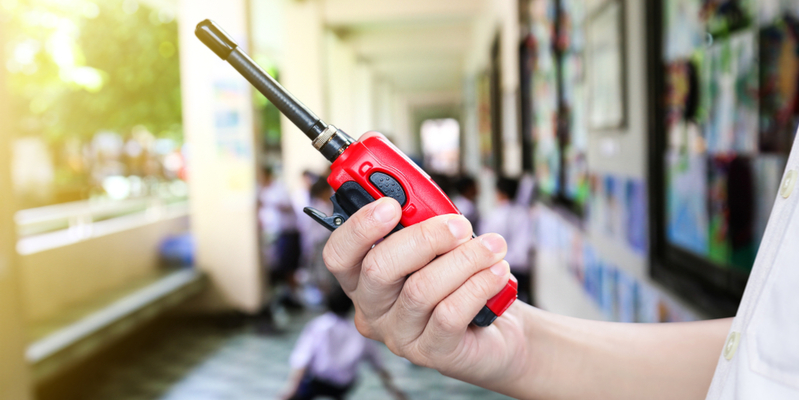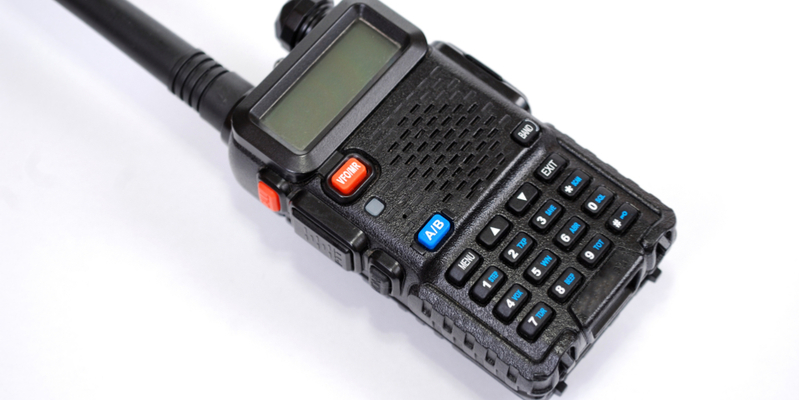Widely used across many industries, two-way radios are the most effective form of job-site communication for countless reasons. They are incredibly durable, cost effective and reliable – just to name a few.
9 Reasons Two-Way Radios Are Highly Effective for Job-Site Communications
#1. Incredibly Durable
Think about a construction site – it’s full of dirt, dust and water, plus there’s a high likelihood that radios will get dropped or stepped on. This is one of the main reasons that two-way radios are commonly used at construction sites.
Quality two-way radios are built to withstand all of this wear and tear. It’s not just construction industries, a variety of other job-sites, from military to public safety and first responders, require a tough form of communication that can withstand a lot more than a smartphone – which is known to crack and break after a single fall.
#2. Cost Effective
Cell phone plans are expensive and if you need a fleet of them, get ready to pay an arm and a leg! Radios are incredibly affordable and come with no term commitments, as well as the option to rent them as needed. Plus, you aren’t limited by minutes or usage time.
#3. Fewer Distractions
While radios often come equipped with GPS and other valuable features, they do not have all of the distractions that a cell phone offers – like social media feeds or the option to browse the Internet. As a result, employees are more likely to stay on task and productivity increases.
#4. Reliable Communication
Modern two-way radios, in particular digital radios, offer crisp and clear signals. There are ways to reduce static and crackling, as well as increase the range of radios so that team members can clearly communicate across vaster distances.
No matter the weather or conditions at hand, radios offer a reliable way to communicate. Many radios are designed to withstand high winds, extreme temperatures, wet conditions, and more.
#5. Lightweight & Out of the Way
The latest two-way radios are designed to be lightweight so that they remain unobtrusive and out of the way, allowing team members to get things done and communicate as needed. Different models are available sporting unique features, some are more lightweight and basic than others.
#6. Works in an Emergency
It is common for cell phone towers to go down in an emergency, cutting off communication. Two-way radios are designed to beat this fatal flaw and continue to work even in an emergency. That way, your team can communicate when it matters most.
#7. Contact Everyone at Once
The ability to contact all workers at the same time, as opposed to dialing each person on a unique number, saves time and makes team work much more convenient.
#8. Easy to Use
No need to hold an in-depth training seminar, two-way radios are incredibly easy to operate. They feature a push-to-talk button, and some even come with a voice-to-talk feature so you can use them completely hands free – this is highly beneficial in certain job environments.
#9. Track Employees Through GPS
Some radios come with the added feature of GPS tracking, allowing you to see where all radios are in real time. This can help improve productivity and grant better oversight to management. In addition, it keeps track of all team members in the instance of an emergency, which could prove to be lifesaving.
Rent or Buy Two-Way Radios from Highland Wireless
We offer Motorola and Kenwood radios for rent and sale. Check out our affordable deals on the latest game-changing radios!





